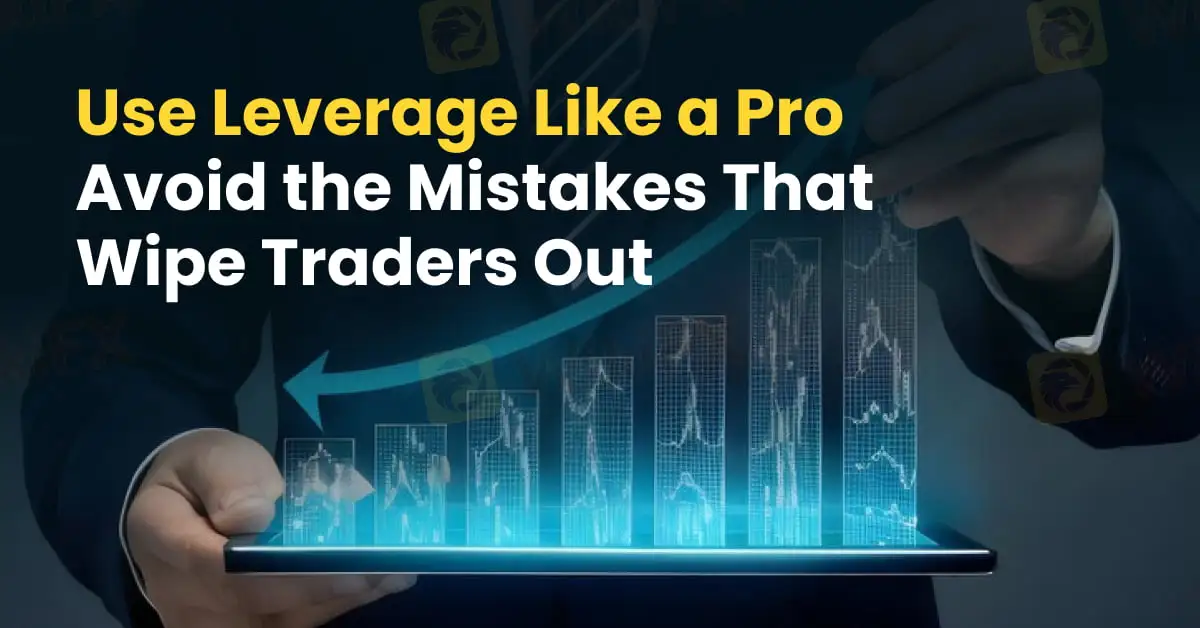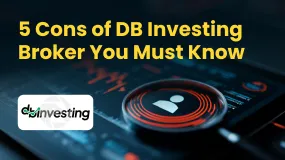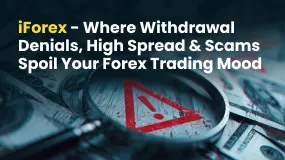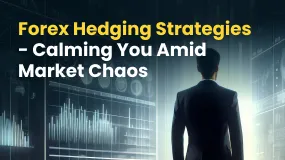简体中文
繁體中文
English
Pусский
日本語
ภาษาไทย
Tiếng Việt
Bahasa Indonesia
Español
हिन्दी
Filippiiniläinen
Français
Deutsch
Português
Türkçe
한국어
العربية
Use Leverage Like a Pro | Avoid the Mistakes That Wipe Traders Out
Abstract:In the high-stakes world of financial trading, leverage is a potent instrument that enables traders to punch well above their financial weight. By allowing market participants to control larger positions with a relatively small outlay of capital, leverage opens the door to potentially outsized returns. But it is not without peril as amplified gains also come with amplified losses, and understanding how leverage works is crucial for anyone stepping into leveraged markets.

In the high-stakes world of financial trading, leverage is a potent instrument that enables traders to punch well above their financial weight. By allowing market participants to control larger positions with a relatively small outlay of capital, leverage opens the door to potentially outsized returns. But it is not without peril as amplified gains also come with amplified losses, and understanding how leverage works is crucial for anyone stepping into leveraged markets.

At its core, leverage refers to borrowing funds, typically from a broker, to increase the size of a trading position. It's commonly expressed as a ratio, such as 10:1, which means for every $1 of personal capital, the trader controls $10 in the market. This ability to command larger sums with minimal upfront investment enhances capital efficiency but simultaneously increases financial exposure.
Leverage finds broad application across asset classes. In the forex market, its not unusual to see leverage ratios as high as 50:1, particularly in jurisdictions with looser regulatory environments. This allows a trader with $1,000 to control $50,000 in currency exposure. In contrast, shares CFDs might offer 2:1 leverage, while commodity contracts, like crude oil or gold, also frequently involve high leverage levels.

Used wisely, leverage can be a powerful ally. A modest price move in a leveraged position can result in substantial profit. For instance, a 1% gain in an asset value translates into a 10% gain on capital at a 10:1 leverage ratio. This is particularly appealing to short-term traders seeking quick returns on limited capital.
However, the same mechanics apply in reverse. That same 1% move against the trader can equate to a 10% capital loss. Add in market volatility, and losses can quickly spiral. If the value of the position falls too far, brokers may issue margin calls, which are demands for additional funds to keep the position open or close the trade altogether, locking in losses.
Mitigating these risks demands a disciplined approach. Sound risk management strategies are vital, such as using stop-loss orders, diversifying across asset classes, and actively monitoring positions. Traders must also educate themselves on how leverage interacts with market conditions and price swings.
Its equally important to understand that leverage limits and margin requirements vary depending on jurisdiction. Regulators like the European Securities and Markets Authority (ESMA) or the U.S. Commodity Futures Trading Commission (CFTC) impose strict leverage caps to protect retail investors. These safeguards reflect just how risky unbridled leverage can be.
Leverage is not inherently good or bad. Its a neutral tool that magnifies outcomes. For the savvy, well-prepared trader, it offers a way to optimise returns and utilise capital efficiently. For the unwary or overconfident, it can result in swift and devastating losses. Knowing when and how to deploy leverage is one of the most important decisions a trader can make. In the end, success with leverage hinges not on bravado, but on strategy, discipline, and a clear-eyed view of risk.

Disclaimer:
The views in this article only represent the author's personal views, and do not constitute investment advice on this platform. This platform does not guarantee the accuracy, completeness and timeliness of the information in the article, and will not be liable for any loss caused by the use of or reliance on the information in the article.
Read more

5 Cons of DB Investing Broker You Must Know
It's always advisable to read online review articles about forex brokers you are thinking to Invest your money with. The forex market has become increasingly unsafe due to the rise of fraudulent brokers. Review articles help you spot scam brokers and protect your money. Read this important article about DB Investing to stay fraud alert.

iForex - Where Withdrawal Denials, High Spread & Scams Spoil Your Forex Trading Mood
Are high spreads charged by iForex disallowing you to make profits? Do you feel that you will never be able to withdraw from iForex? It's nothing new! Read this exposure story where we have highlighted complaints from several investors.

Forex Hedging Strategies - Calming You Amid Market Chaos
Finding it hard to deal with the forex market volatility? Do those ups and downs in currency pair prices make you more nervous or worried? You need the right forex hedging strategies. As a concept, forex hedging is about strategically opening additional positions to stay immune against adverse forex price movements. It’s about offsetting or balancing your current positions by buying or selling financial instruments. As a trader, your risk exposure is reduced, hence limiting your potential losses.

Scam Alert: Cloned Broker Scams on the Rise
Reputed authorities like the FCA have issued warnings against brokers who act genuine but are actually fake brokers. They copy details such as logos, names, branding, and sometimes even employee appearances to trick investors and steal money from them.
WikiFX Broker
Latest News
Forex Hedging Strategies - Calming You Amid Market Chaos
Key Events This Week: ISM, Trade Balance And More Earnings
What Is Forex Currency Trading? Explained Simply
ASIC Regulated Forex Brokers: Why Licensing Still Matters in 2025
A Beginner’s Guide to Trading Forex During News Releases
Ultima Markets enters the UK and gains the FCA license
LSEG Announces £1 Billion Share Buyback Program
SEC Lawsuit Targets Real Estate Fraud Scheme by Joseph Nantomah
SkyLine Judge Community: Appreciation Dinner Successfully Held in Malaysia
Interactive Brokers: A Closer Look at Its Licenses
Currency Calculator


